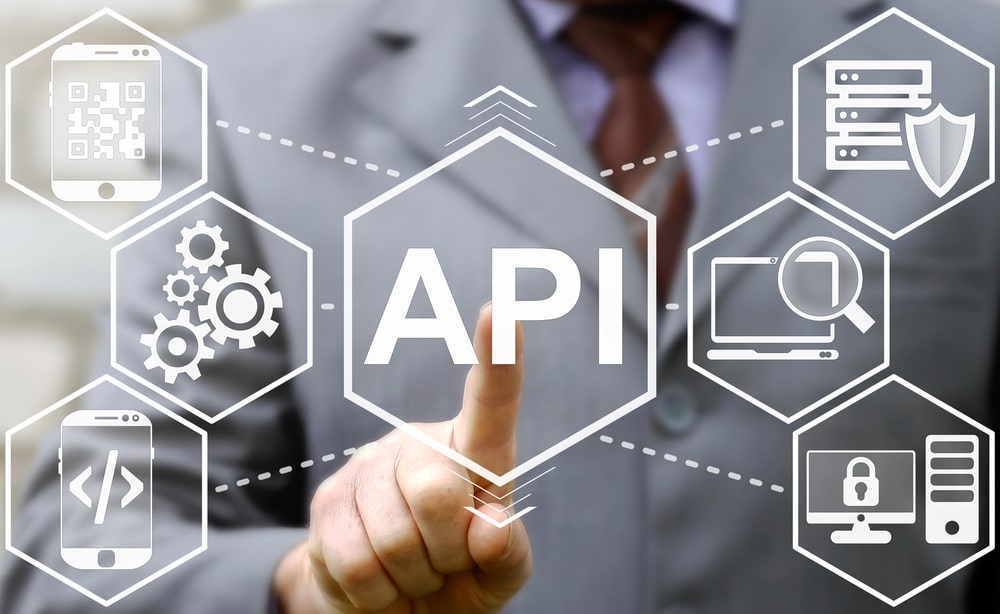Syndicate the extrapolation methodology up front to indicate how focused insights will be scaled to derive a networkwide analysis. No matter where a company falls on the spectrum of archetypes, there is great value in slowing down and regrouping around a new, more targeted strategy aimed at maximizing the value of a
digital transformation. Performing a full and deep up-front analysis of an entire network can leave a manufacturer out of steam before a transformation can get off the ground. Instead, robust, accurate-enough insights can be gleaned from a well-developed extrapolation methodology. – The Department of Homeland Security (DHS) is announcing its first ever strategic framework on the implementation and responsible integration of Artificial Intelligence in the domestic security apparatus. The Strategy was developed in response to the Trump Administration’s Executive Order Principles for the Use of Artificial Intelligence in Government.

Instead, it minimizes manual efforts and increases automation when applicable. I do wonder which tech giant will be the first to take a step back and ask, “Where are we really going? Here, we listed down some of the primary tools and frameworks you can leverage to implement AI in your business.
What should organizations do differently to strengthen their approach to AI transformation?
Finally, you’ll be able to better identify unique resources for added business traction. Now, let’s overview the major milestones of artificial intelligence strategies. Hence, it’s not enough to build the latest artificial intelligence software.
Organizational discovery uncovers the details that make your organization unique. What are the most important business priorities for the upcoming year and beyond? How large is your IT department, and how deep are your technical capabilities?
AI policy for marketing communications
For example, you may implement such AI solutions for pre-screening candidates or creating a chatbot to answer common questions while onboarding. Let’s see how businesses can add value from AI by looking at an Exadel case study. This real-life example shows how adopting AI solutions automated manual work, enabling employees to free up time and concentrate on more critical tasks. Implementing AI solutions is certainly not the cheapest way of improving your business, but is there an affordable yet effective approach you can adopt? Let’s look at an AI implementation roadmap with real case examples to get you on the right track. It demands a different mindset and sometimes is hard to know when you’ve got it right.
French multinational retailer Carrefour has improved its customer and employee experience with three innovative tech solutions based on ChatGPT technology. Its natural-language, GPT-4-enabled chatbot, Hopla, drives a seamless e-commerce experience on carrefour.fr. Connected to the site’s search engine, the advice robot retrieves customer-specific preferences, offering them smart guidance on food selection based on budget, quantities, dietary restrictions, and more. To improve customer experience, we’re helping to build next-generation contact centers that support sales and service agents with automated, personalized, and real-time scripts.
Lack of Automation
By pursuing digital transformations as a theoretical exercise, many companies unwittingly set up independent delivery teams that are decoupled from business leaders, site operations, manufacturing excellence, and central IT. Others focus too much on replicating a single site experience, failing to appreciate wider network complexities. This work includes recent landmark projects with The Coca-Cola Company. It also includes multinational supermarket retailer Carrefour Group, in which Microsoft was a key partner. Once you have a firm grasp of AI’s capabilities and limitations, you can kick off your implementation strategy by setting goals. The first step is, of course, identifying problems you can solve by utilizing Artificial Intelligence.

If validation is successful, those models can be deployed and monitored as AI solutions. As projects mature, data scientists move back to the discovery phase to identify new solutions or areas for improvement on existing ones. Finally, developing an enterprisewide AI strategy that’s set up to fuel a differentiating core business strategy is not a one-and-done exercise. Organizations should develop dynamic ways of assessing their strategy to ensure it remains responsive to ever-changing market and technology developments. As the organization’s core business strategy and AI capabilities mature over time, leaders should continually sharpen their goals, moving beyond staying competitive to
increasingly using AI and ML as competitive differentiators.
Looking for a team of experts to deliver your startup’s tech needs?
Such teams bring a diversity of perspectives together and solicit input from frontline staff as they build, deploy, and monitor new AI capabilities. The teams are usually assembled at the outset of each initiative and draw skills from both the hub and the spokes. Each generally includes the manager in charge of the new AI tool’s success (the “product owner”), translators, data architects, engineers and scientists, designers, visualization specialists, and business analysts.
For AI and ML, this means creating guardrails on how models are developed, tracked, and promoted to production. In particular, your strategy should select best-of-breed technologies that are ideally suited to your organizational strengths and weaknesses. If you don’t set an architectural roadmap, decisions made on early projects are more likely to come back to haunt you.
A guide to artificial intelligence in the enterprise
Organizations must shed the mindset that an idea needs to be fully baked or a business tool must have every bell and whistle before it’s deployed. On the first iteration, AI applications rarely have all their desired functionality. A test-and-learn mentality will reframe mistakes as a source of discoveries, reducing the fear of failure.
- Also, discern the main similarities and differences between your company and your competitors.
- After that, data scientists can identify solutions that can be solved with machines.
- Some obstacles, such as workers’ fear of becoming obsolete, are common across organizations.
- Your AI strategy must be underpinned by a thorough, up-to-date data strategy.
- For AI and ML, this means creating guardrails on how models are developed, tracked, and promoted to production.
In surveys of thousands of executives and work with hundreds of clients, McKinsey has identified how firms can capture the full AI opportunity. The key is to understand the organizational and cultural barriers AI initiatives face and work to lower them. That means shifting workers away from traditional mindsets, like relying on top-down decision making, which often run counter to those needed for AI.
Turing’s AI Services: Case studies of clients who used our AI implementation strategy and scaled their business
“The harder challenges are the human ones, which has always been the case with technology,” Wand said. It’s important to narrow a broad opportunity to a practical AI deployment — for example, invoice matching, IoT-based facial recognition, predictive maintenance on legacy systems, or customer buying habits. “Be experimental,” Carey said, “and include as many people [in the process] as you can.” Your plan ai implementation serves as a guide that will get you to your future state, but you iterate through your use cases. With AI, in particular, you’ll need to account for changes as the technology continues to evolve and your chosen solutions add new functionality. Adore Me proved the success of the pilot project by measuring the conversion rate of AI-generated product descriptions against those written by human copywriters.
